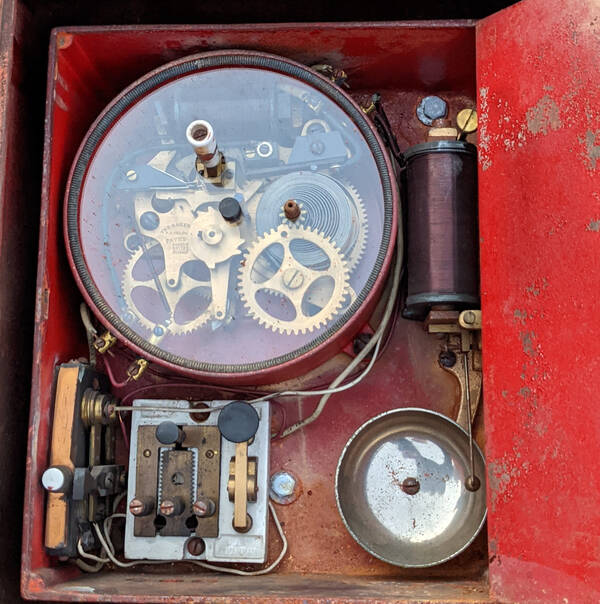Table of Contents
Fire Alarms over VoIP
Ring-u is not a wireline carrier certified for fire alarm use, is not suitable for file alarm use and specifically does not accept the liability of fire alarms.
Fire alarms have existed before what most of us would recognize as telephones. They use a wide variety of methods of signaling that are often not compatible with VoIP (Voice over Internet Protocol). In the cases they do work with/over a VoIP provider, the provider should be certified for such use, and typically provides the physical connection to the premise, fiber, cable, or DSL with battery backup at the premise and at nearby connection points. Ring-u depends on those systems, but is not in control of them. If you need a real fire alarm system, we recommend a traditional POTS (2 wire analog) phone system with a cellular/mobile backup.
Also be wary of arcane legacy systems to work via Caller ID or FSK (Frequency Shift Keying) to identify a fire alarm call over VoIP. On VoIP systems, clients often alter Caller ID (the calling/originating phone number) causing the alarm to fail, and FSK is just plain not reliably VoIP compatible. Retrofitting systems with modern communications modules without a complete replacement is often possible, contact your alarm company.
NFPA
For most commercial spaces, fire alarm monitoring systems still operate using phone lines. The National Fire Protection Association (NFPA) requires all commercial fire alarm monitoring services to have at least two communication lines connected to the panel. This measure ensures that if one line is busy, the other line can get the emergency message out.
Updated NFPA code allows businesses to have one line connected to a traditional phone cable. The other can connect to a managed, facilities-based voice network. These two lines assure that signals will still be received should one line of communication go down.
Using an analog adapter such as an Grandstream HT802 or Cisco ATA 191 with ring-u may work as a second connection (requires testing, many systems will not work reliably over VoIP), but bluntly using a cellular/mobile phone adapter is a better choice. Most modern fire alarm panels offer a reasonably priced ($100-$500) adapter that works with a small monthly or annual charge for monitoring. Using an ATA (Analog Telephone Adapter) for VoIP is external to the fire alarm system, and requires the adapter, network and internet connection to be powered up and working: a lot of dependencies. In comparison a cellular/mobile connection is typically internal to the fire alarm system, powered by the same battery in case of power outage, and communicates to a nearby tower with redundancies (power and connections).
Stuck? Doing Fire Alarm over VoIP anyway?
These are hints, every alarm system, monitoring company and ATA combination will vary:
- The ATA DTMF method should probably be set to “IN-Audio”
- Disable DTMF negotiation
- Disable Echo Cancellation
- Use the VOCODER Codec often referred to as: PCMU which uses G.711U
- Voice frames per second for TX/Transmit should be 10. ie: 10 frames per second
- Adjust Transmit Gain and Receive Gain: on a Grandstream HT802, -4 to -6 has been reported to work.
- Test, test and test again. Running arcane analog signals converted to digital on a daisy chain of gear that requires on premise power, network and internet connections for a fire alarm is scary.
These confiurations, and possibly many more, should be performed with an on-site alarm technician, experienced in using and configuring VoIP ATA's. Ring-u will not knowingly assist in doing this.
For fun:
The image below is an ancient clockwork “Morse code” style Grinnell fire alarm that predates common telephone use. These were wired in series, daisy chain style, and when the alarm went off it range the bells in different patterns. Firemen would look up the ring pattern (short, short, long, short… for example) to know where to go. The “key” (Morse code style) was used for on-site signalling like “All Clear” or “Send Help”. Picture taken by our “head geek” of a scrapper friends found fire alarm.

